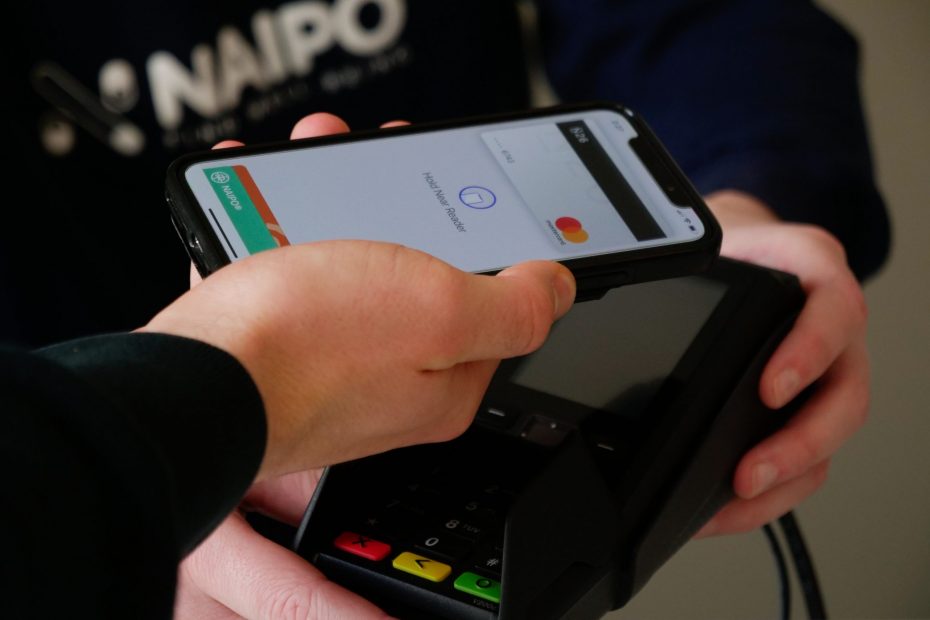According to Grand View Research, the global payment gateway market size was estimated at $18.21 billion back in 2020. It has a compound annual growth rate or (CAGR) of 21.7% for 2021 to 2028. Advances in mobile payment technology and the growing use of mobile wallets are two key factors in driving the growth.
This is great news as merchants seek partnerships with payment service providers in order to expand their existing businesses into new regions.
What Is A Payment Gateway?
A payment gateway is essentially, “a channel” in between an e-Commerce website and the bank that backs a customer’s credit card payment via the payment gateway providers. Ultimately, the payment gateway is the end of the online sales process within an e-Commerce site. The payment gateway is the reason you will be able to allow customers to purchase directly from your business website.
What Role Does A Payment Gateway Play?
The payment gateway plays the instrumental role of processing credit card payments for both e-Commerce sites and brick-and-mortar retail establishments. It is like a Point Of Service or (POS) device that supports the financial transaction between the merchant and their customer. The payment gateway must ultimately approve the transaction in order for the merchant to receive their funds in their bank.
How Does It Work?
Payment gateways play a critical role within the electronic payment processing structure. It is considered the “front-end technology” that sends all pertinent customer information to the merchant acquiring bank, where the transaction is ultimately processed. In order for a transaction to take place with the use of a payment gateway, there are a few steps to be taken:
1. Encryption
In between the user’s browser and the server of the retailer, the payment gateway will encrypt (or encode for private use) the sensitive information for exclusive use between the buyer and the seller.
2. Request
When a payment processor receives approval from a credit card company or a financial institution to move forward with the transaction, an authorization request takes place.
3. Fulfillment
Once the payment gateway receives authorization, it frees both the e-Commerce site and the interface to move forward with the transaction.
How Can I Set Up A Payment Gateway?
Now that you understand the importance of implementing a payment gateway within your e-Commerce or brick and mortar business, it’s time to take the following steps:
- Do your due diligence.
Not all payment gateways are created equal. Make sure that you have already done your homework and look for a provider that is PCI compliant. Also, since payment gateways do incur costs on your business, find out how much they charge for every transaction made.
- Know what your customers want.
Even before you acquire a payment gateway, take advantage of the information you currently have about your customers. Find out which forms of payment your customers typically lean towards. Once you do determine their preferences, find ways to provide this service in the most safe and convenient manner.
- Stack multiple gateways.
There is no rule that says you must limit yourself to only one payment gateway. To ensure that you are serving all the needs of your customers, consider “stacking” multiple gateways at a time for “maximum coverage”.
Final Words
Payment gateways are an essential component for every e-Commerce website and the overall digital economy. If customers are able to purchase their goods online safely and conveniently, e-Commerce businesses will continue to enjoy ongoing growth and revenue for years to come.
